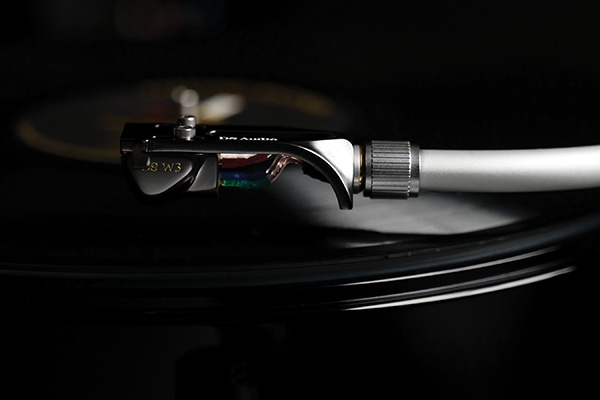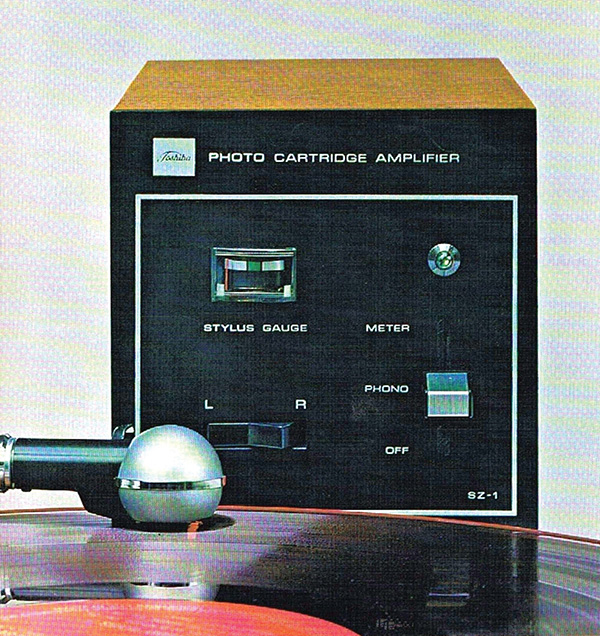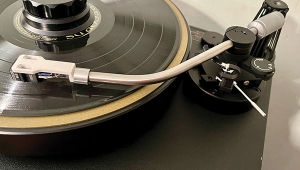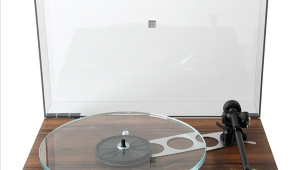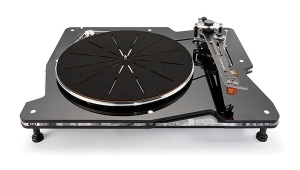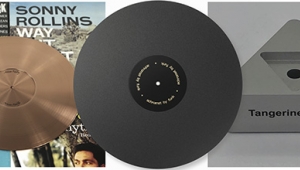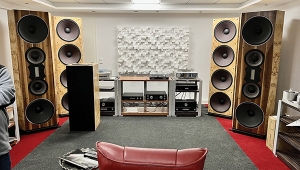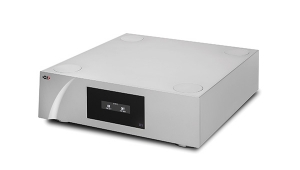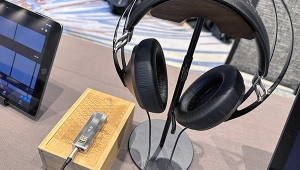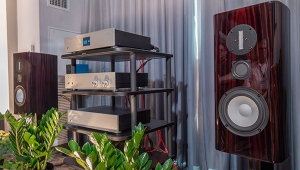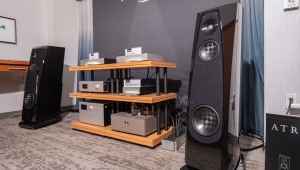| Columns Retired Columns & Blogs |
DS Audio really has a nice line of opticals' across the board. Hearing their demos a few times really hits home on how unique they are. For a veteran like yourself to say "How's this going to sound?" is a feat for sure. I love that a product (or a full line!) can induce such excitement to play favorite LP's in a new light.
